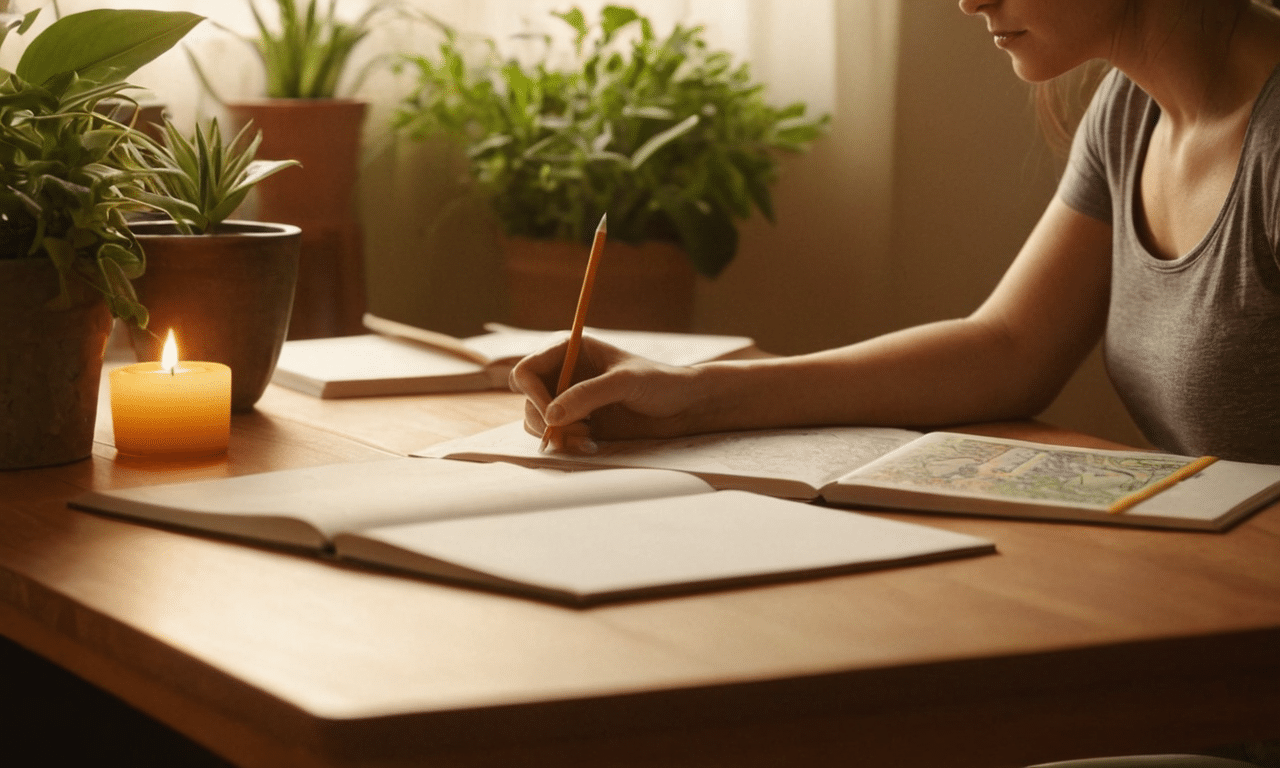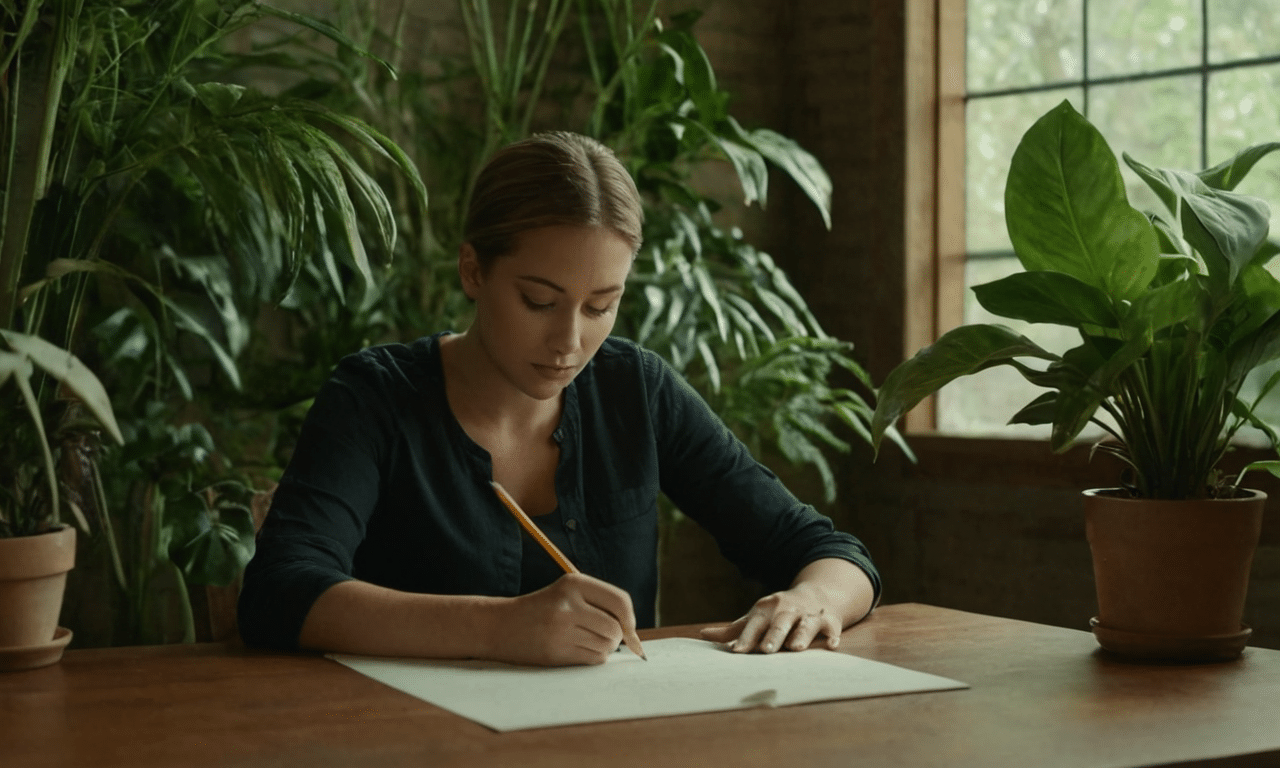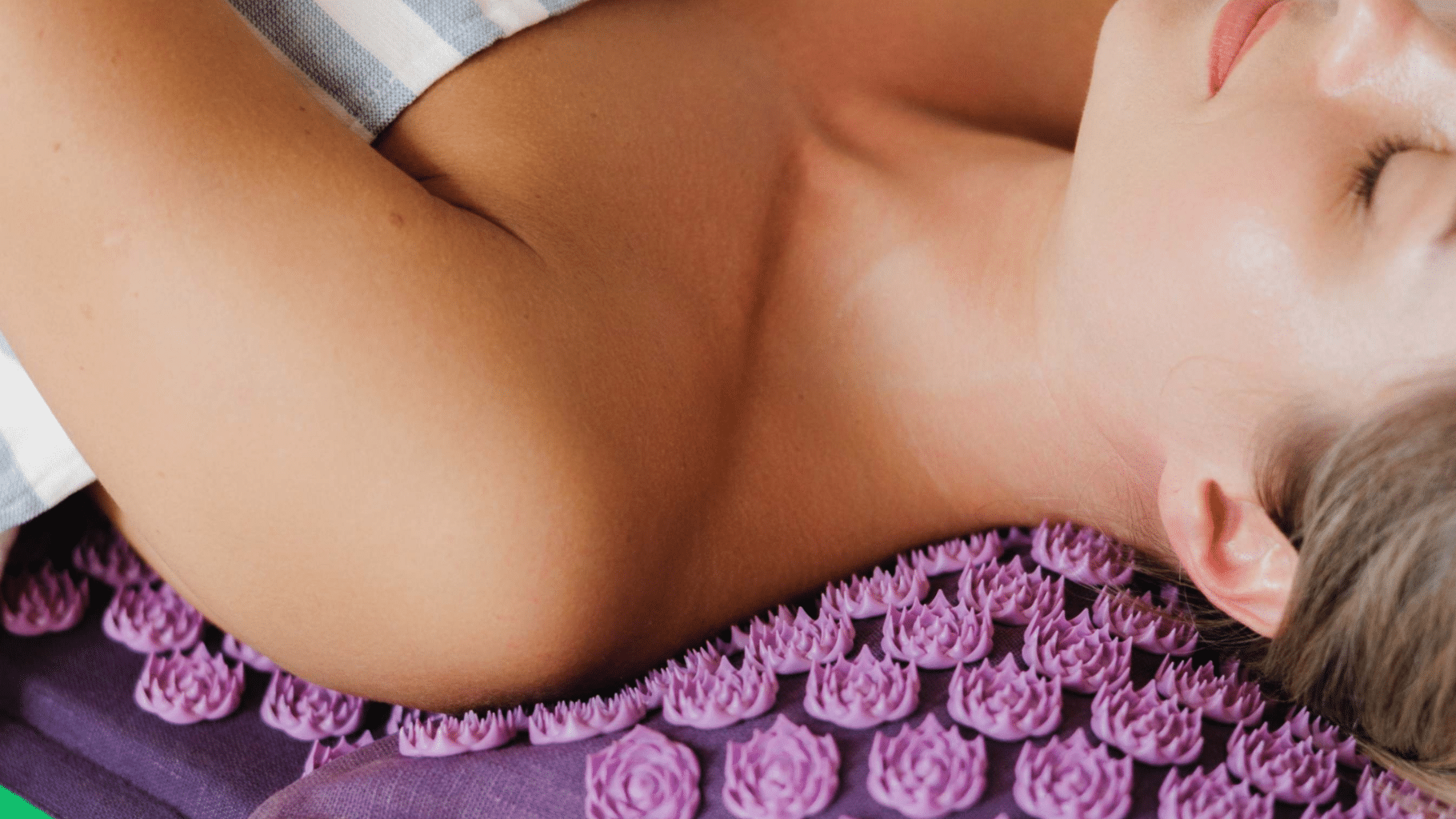As we navigate life’s stresses and uncertainties, many of us are seeking creative ways to calm our minds and soothe our souls. Meditative drawing exercises have emerged as a powerful tool for reducing anxiety, improving focus, and promoting self-awareness, but what exactly is this practice all about? How can it benefit your mental well-being?
Are meditative drawing exercises a good way to reduce stress?
The answer is yes! Mediative drawing exercises can help you calm your mind and relax your body by focusing on the creative process. The repetitive motions of drawing can be meditative, allowing you to let go of worries and enter a state of flow. By combining art-making with mindfulness practices, you can cultivate greater self-awareness and mental clarity while reducing stress levels.
Top Techniques for Meditative Drawing
- Mindfulness Coloring: Focus on intricate patterns and mandalas.
- Guided Drawing: Follow prompts or instructions to create specific images, reducing self-doubt.
- Free-Flowing Art-Making: Allow yourself to draw without rules or expectations, fostering creativity.
- Pencil and Paper: Start with simple supplies and build from there, embracing imperfection.
- Digital Drawing Tools: Experiment with digital drawing software for a unique meditative experience.
- Zentangle-Inspired Art: Combine repetitive patterns and shapes to create calming, intricate designs.
- Stream-of-Consciousness Drawing: Let your thoughts flow onto the page without judgment or criticism.

Benefits of Meditative Drawing
Meditative drawing exercises are like a mini vacation for your mind. They can help reduce stress and anxiety by allowing you to focus on the present moment. When you engage in meditative drawing, you direct your attention away from worries and into the act of creation.
Beyond stress relief, these exercises can improve your focus. The steady, repetitive motion of drawing keeps your mind engaged, making it easier to concentrate on your task. This can be especially beneficial if you struggle with distractions or have a busy mind.
On top of that, meditative drawing promotes self-awareness. As you draw, you become more attuned to your thoughts and feelings. Click here to learn more about the relationship between drawing and self-reflection. This can lead to better emotional regulation and a deeper understanding of yourself.
Meditative Drawing Techniques
There are several methods to combine drawing with meditation. One popular technique is mindfulness coloring. This involves coloring intricate patterns or mandalas, which can be both relaxing and soothing.
Another approach is guided drawing. In this method, you follow prompts or instructions to create specific images. This can be particularly helpful for those who find it hard to start a drawing from scratch.
Finally, free-flowing art-making allows you to draw whatever comes to mind without any rules or expectations. This type of meditation drawing can foster creativity and provide an outlet for self-expression.
Getting Started with Meditative Drawing Exercises
If you’re new to meditative drawing, start by setting up a comfortable space. This doesn’t need to be fancy; a quiet corner with good lighting will do. Having a dedicated area can help you establish a routine.
Next, choose your materials. You don’t need expensive supplies to get started. Simple meditation drawing exercises can be done with just a pencil and paper. As you become more comfortable, you might want to explore other mediums like colored pencils or markers.
Establishing a consistent practice is crucial. Try to set aside a specific time each day for your drawing and meditation. Even just 10-15 minutes can make a big difference in your mental well-being, so don’t stress about finding hours in your schedule.
Making Meditative Drawing a Habit
Incorporating meditative drawing into your daily routine takes some effort, but it’s definitely doable. Start by setting small, achievable goals, like committing to a short session three times a week. Once it becomes a habit, you can gradually increase the frequency.
Creative blocks can be a challenge, but don’t let them deter you. Sometimes the simplest solution is to just start drawing, even if you don’t feel like it. You can also explore anxiety drawing ideas to get your creative juices flowing.
Motivation can wane over time, but keeping things fresh can help. Try exploring different themes, techniques, and tools. Engaging with a community of like-minded individuals, whether locally or online, can also provide support and inspiration.
| Benefit | Description | Importance |
|---|---|---|
| Mindfulness and Focus | Meditative drawing helps you focus on the present moment, reducing worries and distractions. | High |
| Stress Relief | Meditative drawing exercises can help reduce stress and anxiety by providing a healthy outlet for emotions. | High |
| Self-Awareness | Meditative drawing promotes self-awareness, allowing you to tune into your thoughts and feelings. | Medium |
| Creativity and Expression | Meditative drawing can foster creativity and provide an outlet for self-expression. | Medium |
| Routine and Habit Formation | Scheduling regular meditative drawing sessions can help establish a consistent routine and improve mental well-being. | Low |
Personal Thoughts
I’ve found that meditative drawing exercises have been a valuable addition to my own stress management routine. As someone who’s experienced chronic stress for over a decade, I can attest to the profound impact these exercises have had on my well-being.
In a world where I used to be constantly “on” and alert, these simple yet powerful exercises have allowed me to cultivate a sense of calm and centeredness, even in the midst of chaos. For that reason alone, I’m grateful for this practice – and hope it may bring similar benefits to those who try it.
Frequently Asked Questions
How do I combine drawing with meditation to create a meditative drawing exercise?
Meditative drawing exercises involve using drawing as a mindfulness practice to cultivate focus and calmness. Start by selecting a simple drawing activity, such as free-hand drawing or coloring, and set aside time for yourself to focus on the process without judgment. As you draw, bring your attention to the sensation of the pen or pencil in your hand, the movement of your arm, and the colors on the page. Let go of distractions and allow yourself to fully immerse in the experience.
What are some simple drawing exercises for beginners that can be used in a meditative state?
A great starting point for meditative drawing is with simple exercises that focus on movement and flow. Try using repetitive motions, such as drawing circles or spirals, to calm your mind and relax your hand. Another option is to use guided drawings, where you follow a simple shape or design to create a sense of structure and predictability. These exercises can help you cultivate a sense of calm and focus, allowing you to transition into a meditative state.
How do I overcome self-criticism and judgment when drawing in a meditative state?
A common challenge when practicing meditative drawing is the tendency to judge your work or worry about its quality. To overcome this, try reframing your mindset by focusing on the process rather than the outcome. Instead of worrying about creating a perfect piece of art, focus on the sensation of drawing, the movement of your arm, and the colors on the page. Remember that the goal is not to create a masterpiece but to cultivate mindfulness and relaxation.
Can meditative drawing exercises be adapted for individuals with limited mobility or dexterity?
Meditative drawing exercises can be adapted to accommodate individuals with limited mobility or dexterity. For those who struggle with holding a pen or pencil, consider using a digital drawing tool or a stylus that can be used with a tablet or smartphone. You can also explore tactile drawing experiences, such as creating patterns on sandpaper or textured paper, which can provide a similar sensory experience without requiring fine motor skills. With some creativity and flexibility, meditative drawing exercises can be accessible to everyone.




